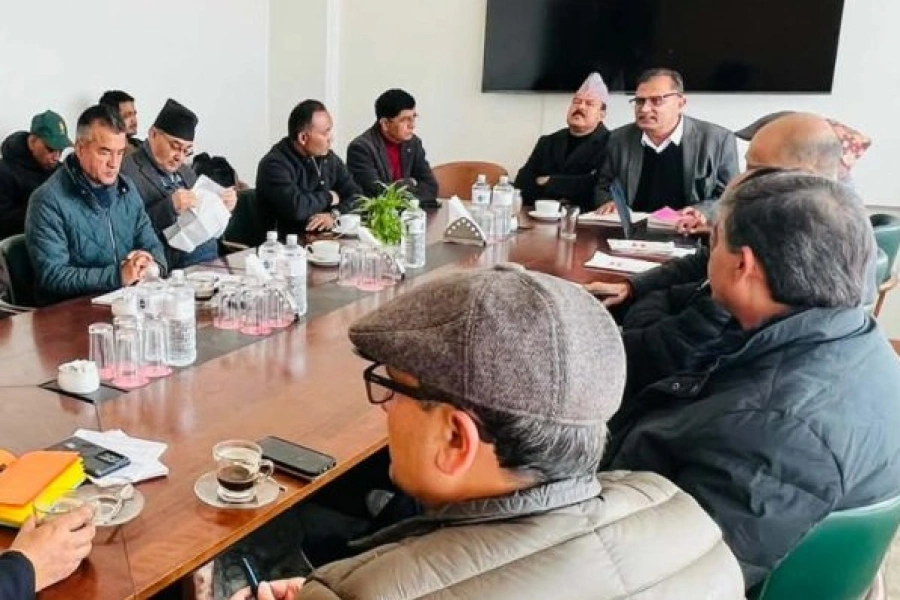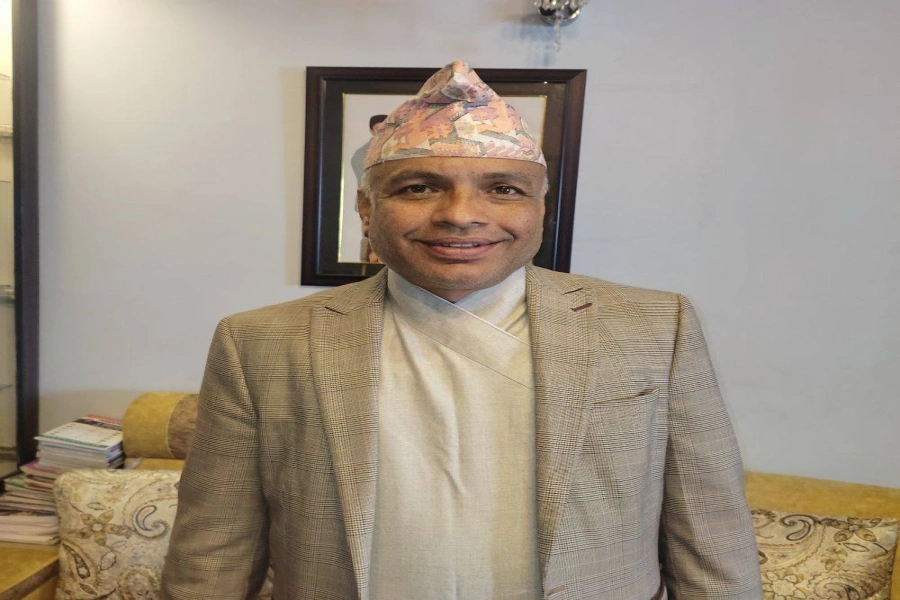Federalism types
Within federalism, several types of power sharing arrangements are possible. The main types of federalism are co-operative, dual, confederation, competitive, asymmetrical and weak and strong federalism.
In co-operative federalism, the center and provinces work cooperatively to share power, which may not always be well-defined. State authorities are shared in consultation with different levels of government. The provinces are also designed to cooperate with each other. The US practices certain aspects of cooperative federalism.
In dual federalism, the power between center and provinces are better delineated, such as in Canada. Confederation is a voluntary arrangement to come together as a federated national structure. Most powers lie in the provinces but some powers are exercised by the central government as agreed by the constituent parts.
In competitive federalism, many powers between the center and provinces are often similar and more significantly provinces often compete with each other for better economic prospects and resource sharing. Although there might be frictions between the two levels of government and between the provinces themselves, this system can often provide better economic results for the nation as a whole. Examples are Canada (vertical and horizontal competition) and US and India (horizontal competition).
Asymmetrical federalism engenders the existence of certain provinces, which enjoy special powers and protections. Examples are Quebec in Canada and Kashmir and Sikkim in India, which have certain exclusive rights compared to other provinces.
Strong-center federalism includes US and India and weak-center federalism includes Canada and Switzerland.
Success & failures of federal systems
Some federated countries are highly-successful such as the USA, Canada, Germany and Belgium. On the other hand, many federal nations, such as Sudan, Pakistan and Ethiopia have not done well. Some federal sates have failed completely such as the former USSR and former Yugoslavia, which imploded dismantling the very countries.
Also, within different provinces or states within a single country, the economic and social development indicators can vary widely. For example, the 2008 per capita income in Haryana in India was Rs. 39,000/yr, whereas the per capita annual income in Bihar was only Rs. 8,000. In the US, the per capita annual income in Washington DC in 2006 was $124,000 while in Missouri it was only $24,000. This disparity demonstrates that federalism by itself is no guarantee to equalize the incomes of provinces.
Federalism by aggregation and disaggregation
Most federal systems were created by aggregation. In other words, willing constituent units decided to band together to form a federated nation. US, Canada and India are all examples of federalism by aggregation. Some existing unitary governments are attempting to create federalism by carving out separate provinces from the existing national territory. Examples are the proposed federation in Iraq, Afghanistan and the recent federation created in Ethiopia. The proposal of federalism in Nepal to carve out provinces from a unitary state is an attempt to create a federal state by disaggregation. Federalism by disaggregation is more contentious than federalism by aggregation. The discretionary division of an existing country can often appear to be arbitrary and generating censuses in such a division can be extremely difficult.
Proposal for federalism in Nepal
As a result of the protests and demands by various ethnic groups, the Nepali government, political parties and leaders have, in principle, agreed that Nepal will be a federal republic. Accordingly, the 2064 Interim Constitution includes the provision that Nepal will be a federal republic. It is imperative to accommodate the aspirations of disadvantaged ethnic groups and to fully empower them. However, an appropriate solution needs to be formulated, rather than just assuming that a federal structure will solve all the problems.
Most of the major political parties have proposed their own models of federalism in Nepal. The proposals include federalism based on ethnicity, language, ecological complementarity, equality of population base and economic viability. Many scholars both inside and outside Nepal have also laid out their own proposals for possible federal structure in Nepal. As of today, a wide range of federal models have already been proposed for Nepal. However, there is little consensus among the Nepali people and political parties on the type of a federal model that is universally acceptable.
Is federalism needed?
Because of the demands from so many quarters and the promises given by the governments and political parties, some form of federalism seems to be a fait accompli in Nepal. However, creating federalism in a unitary nation with a long history is a grave matter. Particularly, as the proposal for Nepal is that of federalism by disaggregation, it adds to the complexity of the task. The vast majority of the federal countries in the world were created by aggregation and thus the provincial boundaries were already in place. In these countries, provincial identities were also generally already well-established. In Nepal, dividing the geographical boundaries of the unitary state is not a small feat and a consensus on such ex-facto division is politically hard to achieve. Nepalis have lived as one unitary state for 240 years with an extraordinary amount of assimilation and geographical mobility among its citizens. To undo that and carve out separate provinces will be a highly-complex and controversial task.
Why no to ethnic federalism
Nepal is hyper-pluralistic nation, encompassing more than 100 distinct ethnicities. In fact, Nepal is truly a country of minorities. No single group is the majority in the country, although some groups are dominant in terms of population. Dividing this relatively-small country along ethnic lines is virtually impossible, particularly in an environment of competing ethnic nationalisms. More importantly, Nepal has now adopted a secular constitution and ethnic federalism based on the dominant ethnicity of a particular geographical area is against the very spirit of secularism.
All ethnicities, cultures and linguistic groups must be given due and respectable cultural and symbolic spaces in Nepal. However, it does not necessarily mean geographically dividing the country on ethnic lines. The languages and cultures of the Nepali population groups can be easily and more effectively included in the various national symbolisms, including naming of places, reflecting them in national symbols and creating an environment of respecting and celebrating the diversity.
Non-territorial federalism
Non-territorial federalism means providing federated power distributions to different groups of people through tribal or ethnic councils and by formulating programs and policies of the government to promote the advancement of disadvantaged and marginalized groups. The place of residence is irrelevant in this concept. People can self-identify and become part of one or other cultural minority groups. In economic, social and cultural programs and policies of the government, asymmetrical and exclusive advantages can be given to such groups compared to the better-established groups. Time-bound quotas for government jobs and admission into public educational institutions are some examples of asymmetric treatments to benefit the marginalized groups.
The form of federalism acceptable to the majority of the Nepali people has to be very carefully crafted. If the nation is divided in separate geographical provinces, the structure and configuration of these constituent units have to follow some overwhelming logic based on consensus. The demarcations are often achieved by some natural elements, such as rivers and mountains. Further, any proposed provinces must be economically viable, must include complementary ecological zones, and should reflect Nepal in microcosm. Secular treatment of all ethnic groups in each of the proposed units should be a non-negotiable element in any scheme of federalism.
It should be remembered that uplifting the disadvantaged groups which have remained marginalized for centuries is not going to happen in a short period of time. It will take several decades to fix the mistakes of the past. The nation and society should be patient in its attempt to resolve the injustice, inequality and marginalization that have resulted over a long period of time. Therefore, any form of federalism will take a long time to evolve and get established.
(Writer, an urban planner, is a faculty associate at Arizona State University, US.)
Quo Vadis?





































